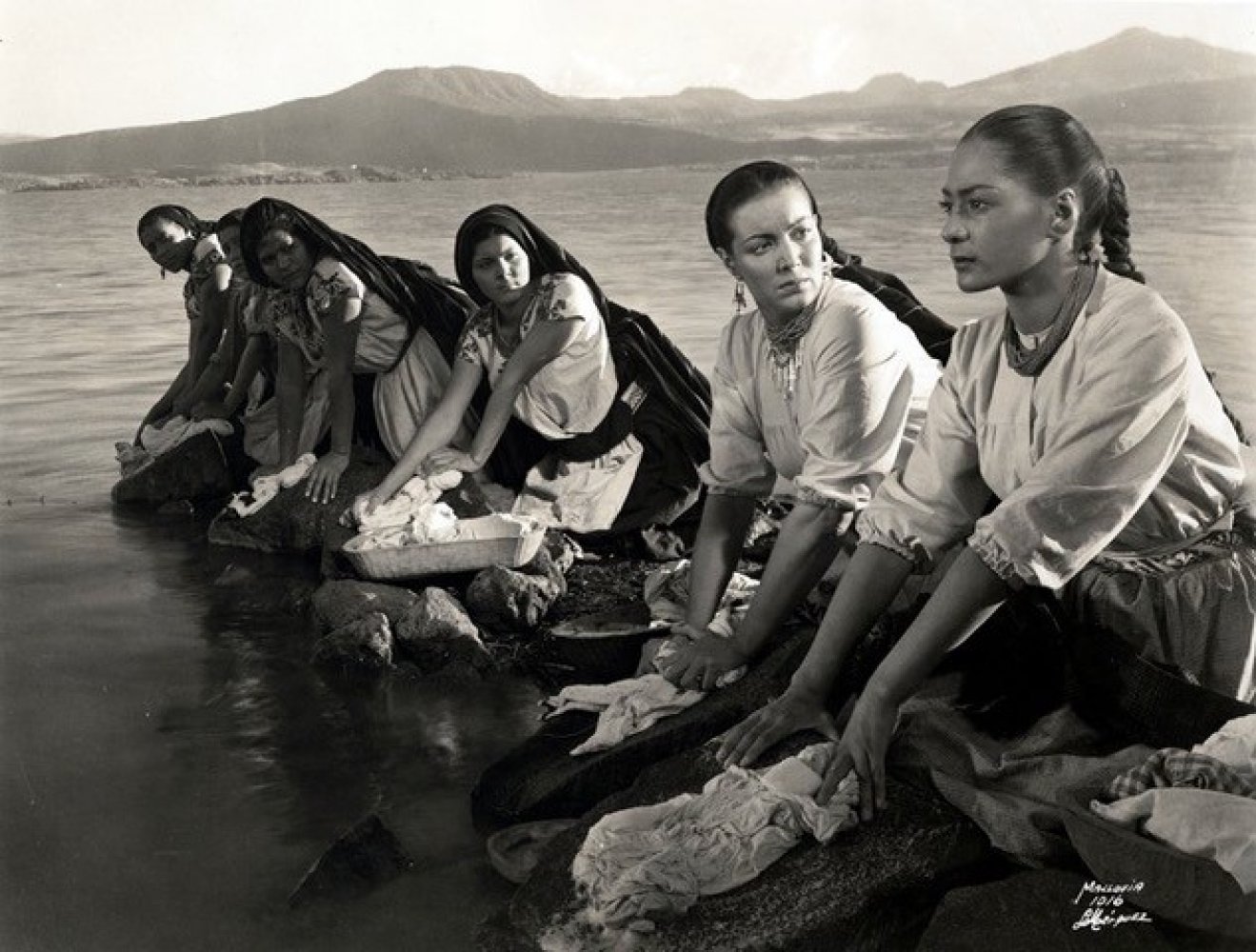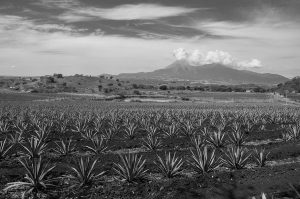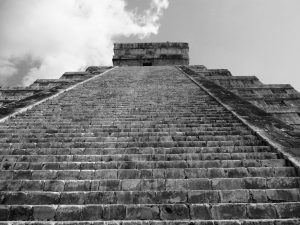
Mexican landscapes in films from the golden age of Mexican cinema
Seeing Mexican cinema of the golden age from a landscape perspective gives you the opportunity to open panoramas in the story narrated through the landscape.
Mexican cinema is one of the highest representations of Mexican culture, the ideas and behavior of Mexican society have been embodied in films for decades, but there is a moment in Mexican cinema called the golden age of Mexican cinema, a time that resulted in cinematographic works with a high quality in cinematography, photography, writing and performances, and that had its peak in the middle of and after the Second World War.
Within these cinematographic aspects that were mentioned, some stand out for perfectly capturing the Mexican landscapes, which generated a cultural and landscape identity of Mexico before the world, which to date is still valid.
These landscapes were not only a setting, they really influenced the values that the characters in the stories gave to the nature of the site, to architectural elements and even to the other characters, in addition, it should be noted that urban landscapes were also represented, those that they talked about the daily life of the Mexican in the capitals.

Landscape of Mexico in black and white.
Photography: https://www.pxfuel.com/es/free-photo-jgnym
The observation of the Mexican landscapes through the films, allows to keep the appreciation of the culture and practices current. There are various films that have represented the culture of Mexico, speaking from language to traditional practices, but there are others that stand out for their work in symbolizing the Mexican landscape from the capital, the Mexican southeast, to the west and north of the country.
In María Candelaria (1944), a story of love, prejudice and survival is narrated within Xochimilco, the chinampero landscape made up of ahuejotes, flowers and the lake, is the setting of this story and, in turn, an important part of its plot. by reflecting a sense of belonging of the characters to the site and their opportunity to flee from the multiple problems they face. Maclovia (1948) is located in the same lake ecosystem, located in Pátzcuaro Michoacán, it gives us impressive images of the island and the sky, while the traditional fishing of the site is carried out.
In the film Deseada (1951), the landscapes of Yucatan are presented in a poetic way, specifically Chichén Itzá, made up of nature, pyramidal bases and Mayan temples, creating scenes where we understand the connection between the protagonists: Deseada and Manuel. The Mayan house is an indispensable part of history and the cenote represents human sacrifice.

Chichén Itzá in black and white.
Photography: https://pxhere.com/es/photo/624261
Río Escondido (1948), is characterized by having completely open and desert landscapes of Coahuila, where Rosaura (main character) walks on them. In their journeys through rural landscapes, the protagonist and the characters reflect emotions such as uncertainty and loneliness. The images between the sky, earth, relief and the few plant species are of excellent quality.
Regarding urban landscapes, we can observe them in Los olvidados (1950), despite the fact that it has a profoundly social message, it allows us to analyze Mexico City in the 50s and how society behaved in an urban context.
The golden age of Mexican cinema leaves an impressive cultural legacy, which allows us to perceive society in different geographical and historical contexts, it also shows us the various difficulties that society experienced.
Seeing Mexican cinema from the golden age from a landscape perspective gives you the opportunity to open panoramas in the story that is told and create connections from the largest-scale natural elements to the smallest of a landscape.
Sources:
- Archivo General de la Nación. ‘’AGNResguarda documentos de la Época de Oro del Cine Mexicano.’’ Archivo General de la Nación. https://www.gob.mx/agn/articulos/agnresguarda-documentos-de-la-epoca-de-oro-del-cine-mexicano#:~:text=Entre%201936%20y%201956%20la,Archivo%20General%20de%20la%20Naci%C3%B3n. (Consultado el 9-08-2023)











